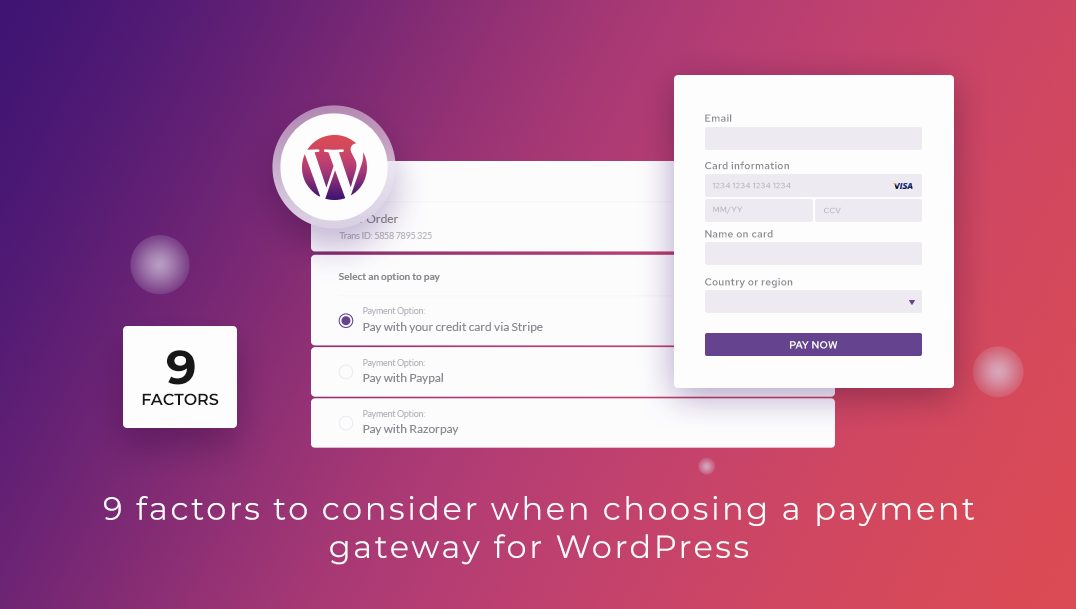Source: startuptalky.com
Online Marketplaces are earning huge revenues across the globe.
With 300 million active users and 2 million-plus third-party sellers in the pocket, Amazon is the big daddy of all. Ebay is not far behind with net revenue amounted close to 10.158 billion U.S. dollars. In June 2024 the room-rent marketplace Airbnb was valued at 93.58 billion U.S. dollars. The Uber app is available in 77 countries and 527 cities worldwide and as of March 2024, has over 149 million active users worldwide.
Four different marketplace successes. One common thread. They have all figured out their revenue path.
Many of the marketplace owners fail here. Why? Because they do not wait to research on-
- Different marketplace platforms
- Industry-best practices
- The pros and cons of each revenue model
Let’s overcome them step by step-
Different Business Models of Online Marketplaces :
Online Marketplace has six business models based on platforms-
-
- B2B (Business to Business):
In this model, transactions occur between two businesses or companies. One business provides products or services to another business, often in bulk or for commercial use. An example would be a wholesale supplier selling goods to a retailer. - B2C (Business to Consumer):
This model involves businesses selling directly to individual consumers. The most common example is online retail platforms like Amazon, where companies sell products or services to everyday consumers. - C2B (Consumer to Business):
In the C2B model, consumers offer products or services to businesses. A typical example is freelance work, where individuals sell their skills or services (like graphic design or writing) to companies. - C2C (Consumer to Consumer):
This model involves transactions between consumers, usually facilitated by a third-party platform. Websites like eBay or Craigslist enable consumers to sell products or services to other consumers. - B2E (Business to Employee):
B2E refers to transactions or interactions between a company and its employees. This can include employee benefit programs, discounted products or services provided to employees, or internal marketplaces where employees can trade company-related items.
- B2B (Business to Business):
What does these marketplace offer?
All these six marketplaces use different business models to connect to their audience and vendors but their offerings are not widely polarized. They can easily be categorized as
- Product-based marketplace (Amazon, Ebay, Etsy)
- Service-based marketplace (Uber, Airbnb)
What are the available revenue options for the marketplaces?
There are three primary options-
- Commission based revenue
- Subscription/membership-based revenue
- Listing fees based revenue
All these three options have their share of benefits and shortcomings. Which will be best for the product marketplace and service marketplace?
In our three blogs series, we have taken a shot at this question. Each one of our blogs will provide insights, data, and technical know-how to decide and set up the most fertile revenue model for your next marketplace.
The Commission Model
All leading online marketplaces (Amazon, eBay, Uber, Airbnb, Etsy) have selected the commission model for revenues. Why have they so much trust in a model where an admin has to split the earnings with vendors? Let’s introspect-
Benefits of Commission Model:
- First and foremost, admins get a share of every e-commerce transaction and each value that take place at their platform. Same benefits are not available with the subscription and listing model.
- In the commission model vendors do not need to pay an additional cost to list and showcase their product. If the provider is not earning any value, the marketplace run by the commission model will not ask for a single buck, easing vendor management. The commission model is a big bet to win the trust of the vendors.
How are the marketplace leaders playing?
First, we will discuss about product marketplaces.
Amazon:
Amazon offers two different commission models for small vendors: individual sellers with fewer than 40 products and pro-merchants. These models come with varied fee structures. All sellers are required to pay a referral fee for each item sold. Additional charges apply for shipping, logistics, and payment gateway integration if these services are used. The fees also differ for those subscribed to Amazon’s services. For instance, Pro Merchants are exempt from the per-item fee, making the commission structure more flexible depending on the seller’s plan.
Ebay:
Ebay also follows the commission-based business model. They are charging a flat final value fee of 10% of the sale price. It varies as per product category.
Alibaba:
Alibaba, on the other hand, has an interesting stance on their commission model. Their largest website Taobao operates as a fee-free marketplace where neither sellers nor buyers are assessed a fee for completing transactions. However, Tmall which is Alibaba’s B2B marketplace platform for larger retailers charges the commission fee based on the category of the product sold.
Etsy:
Unique handmade and vintage art product marketplace Etsy follows the commission model along with listing fee model. Etsy charges sellers a commission for every sale which is 3.5% plus a listing fee.
Let’s turn the table to the service-based marketplaces.
Service-driven marketplaces have also opted for a commission-based business model. As there is no product for a transaction, the marketplace provides a service in exchange for a “service fee”.
Airbnb:
C2C marketplace Airbnb has followed the model that charges from both the hosts and guests.
1. Commission from Property Owners (Hosts): Airbnb charges a flat 10% commission from hosts upon every booking done through the platform.
2. Transaction fee from Travellers (Guests):. Airbnb charges 3% of the booking amount as transaction charges from travelers upon every confirmed booking.
Has it gone in their favor? Well, a report says, “With a total funding of $2.3 billion till date, the unique business model of Airbnb has even become stronger as people prefer staying at an Airbnb inn rather than a hotel.”
Lessons that we have learned:
The best revenue model for any product marketplace:
Ebay and Etsy charge a listing fee. Alibaba (Sellers at Taobao pay to rank higher on the site’s internal search engine and generate advertising revenue.) follows the advertising model. Amazon has additional subscription services for vendors.
But none of them have skipped the commission model which profited both the vendors and marketplace owner after every transaction.
Best revenue path for marketplaces in its initial phase:
Subscription model success depends on the additional services provided by the marketplace owner. On the other hand, vendors will reject the marketplace which has no strong audience base but run by the listing fee. Whereas the commission model is hassle-free.Once vendors and admins agree on the commission split, the cash flow process will become automatic.
Melltoo, a rising marketplace in Dubai has made the Commission model their strength and currently growing big.
Challenges of setting up a flexible commission model:
Frequency to split commission:
Online Marketplace owners has to figure out the best possible frequency or time to split the commission with vendors. Will it be weekly or monthly?
Amazon disburses the commission by periodic bank transfers to the sellers’ accounts.
Flat fee or percentage on the transaction:
Marketplace owners must figure out the best possible options to disburse the commission. Will it be a percentage fee or a fixed amount or a model combining both?
Amazon charges vendors a percentage of each sale they make on the marketplace.
Global fee for different product categories:
Will it be an equal fee for all vendors or there will be a different commission on per products?
Amazon charges referral fee which is different as per product categories. Plus, professional merchants who pay a monthly subscription fee of $39.99, they do not have to pay the $0.99 per item fee.
MultiVendorX, a complete marketplace solution helps to integrate these features.
First, the admin can select the frequency at which you wish to disburse the payable amount
Second, MultiVendorX allows multiple disbursal models to disburse commission as per their favorable option-
- Percentage of transaction/sale value.
- Fixed amount per unit.
- Percentage of the transaction/sale value + a fixed amount per transaction.
- Percentage of the transaction/sale value + a fixed amount per unit.
Admin just has to select their preferred commission type-
Third, If you go by the model of Ebay or Amazon where the marketplaces include the shipping charges or any other fee (tax, inventory management), MultiVendorX offer you simple integration.
Is it the best option for the marketplace?
For any new marketplace, starting with a commission model is a safe bet. Share of values. Check. Good bond between admin and vendors. Double Check.
But, you do not need to write off membership and listing fee models right now. They have their shares of exclusive perks and some leading marketplaces have grown in stature with those gems. Want to reveal those perks, keep your eye on our next blog.









Great post. I used to be checking continuously this blog and I’m inspired! Very helpful information specially the final phase 🙂 I take care of such info a lot. I was seeking this certain info for a long time. Thanks and best of luck.
Great to know that our blog is able to help you out @writeaessay 🙂
Thanks 🙂